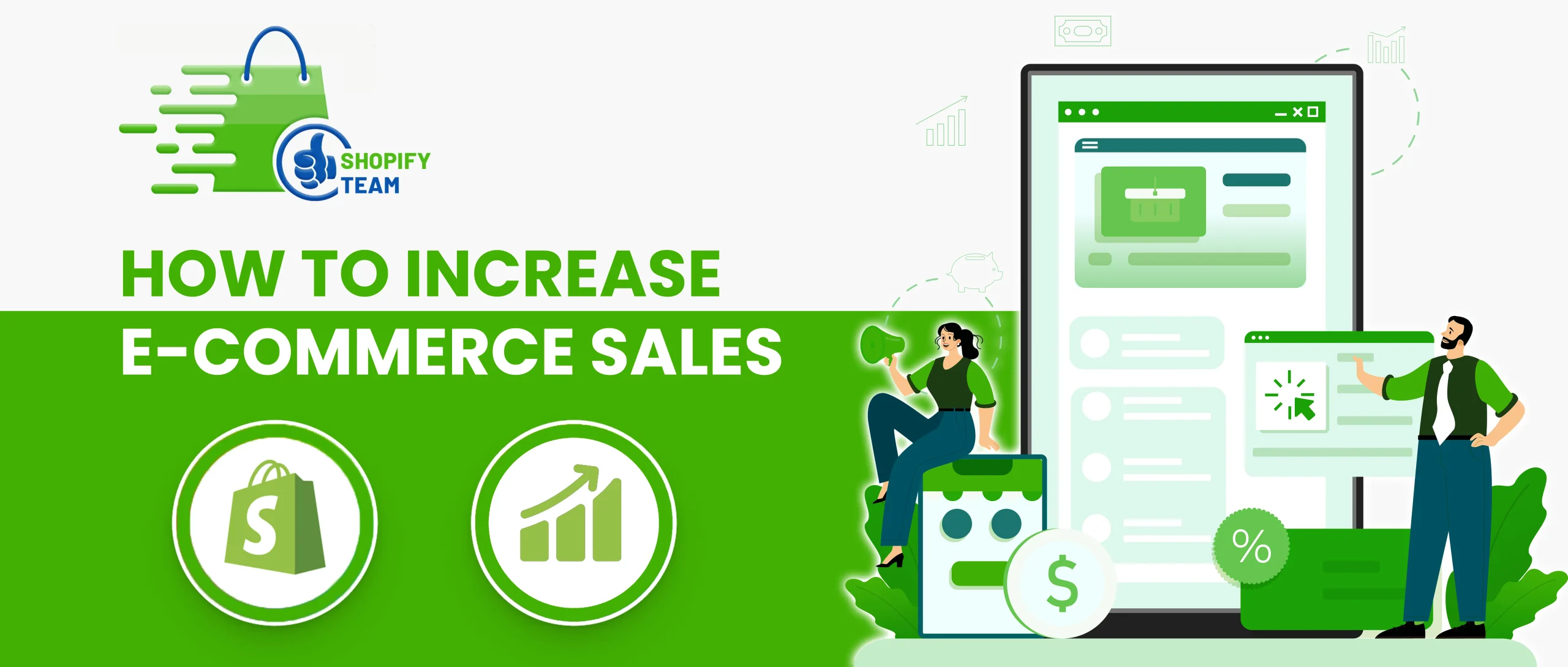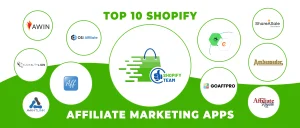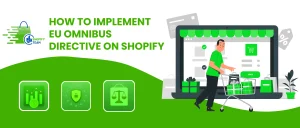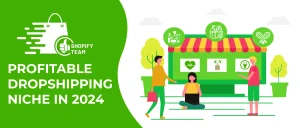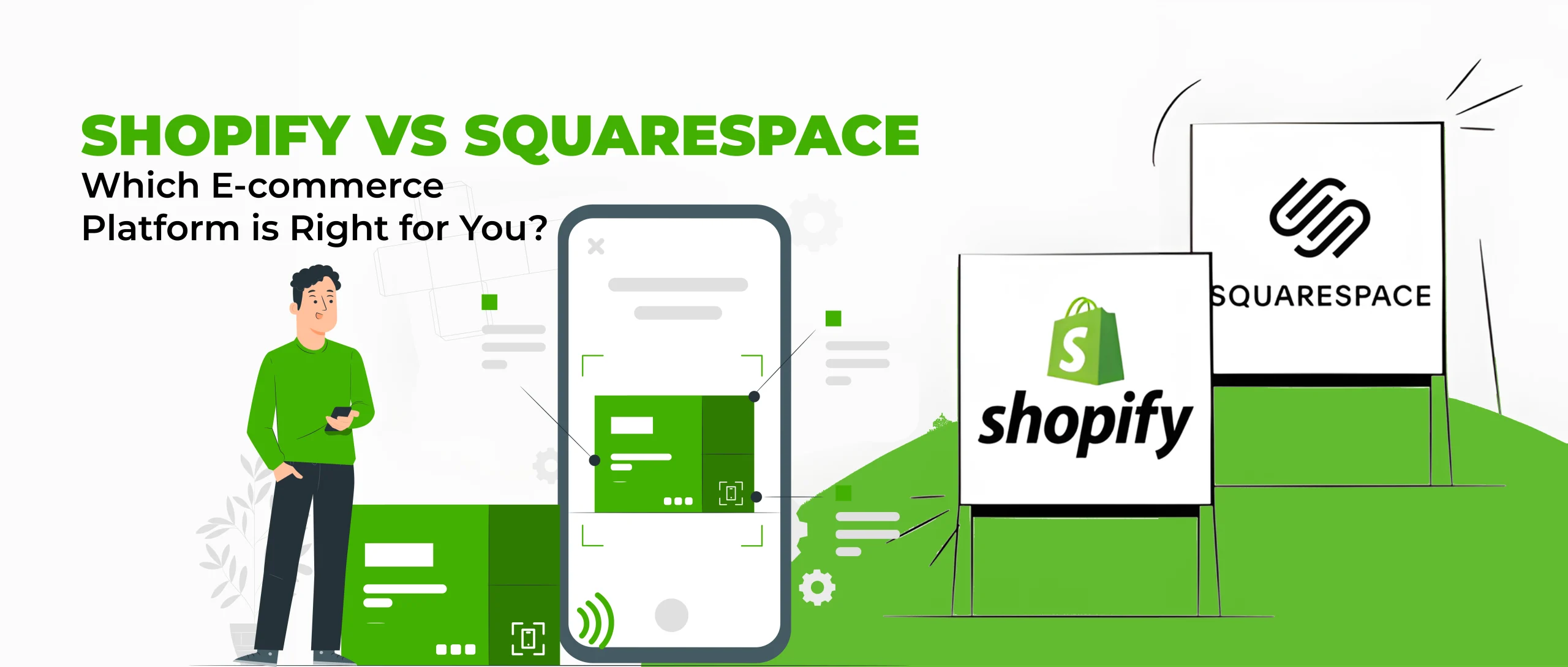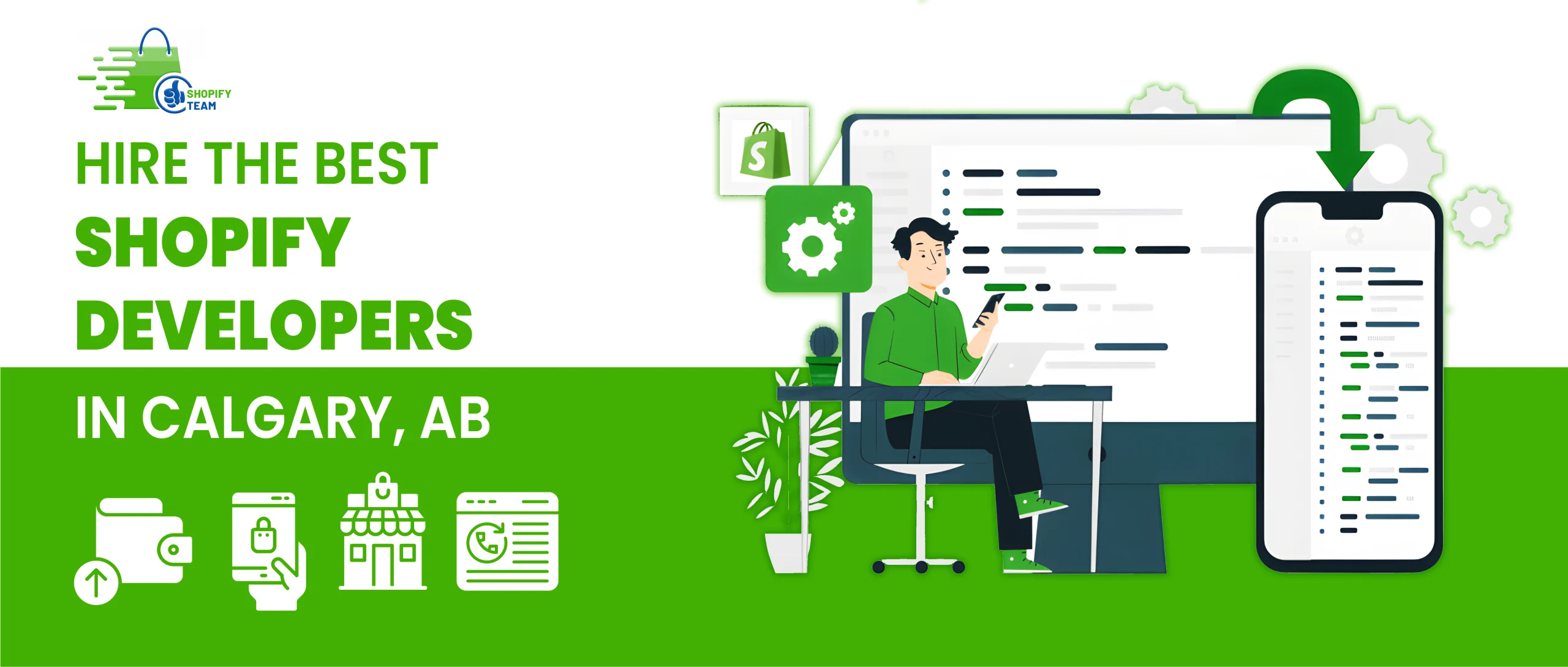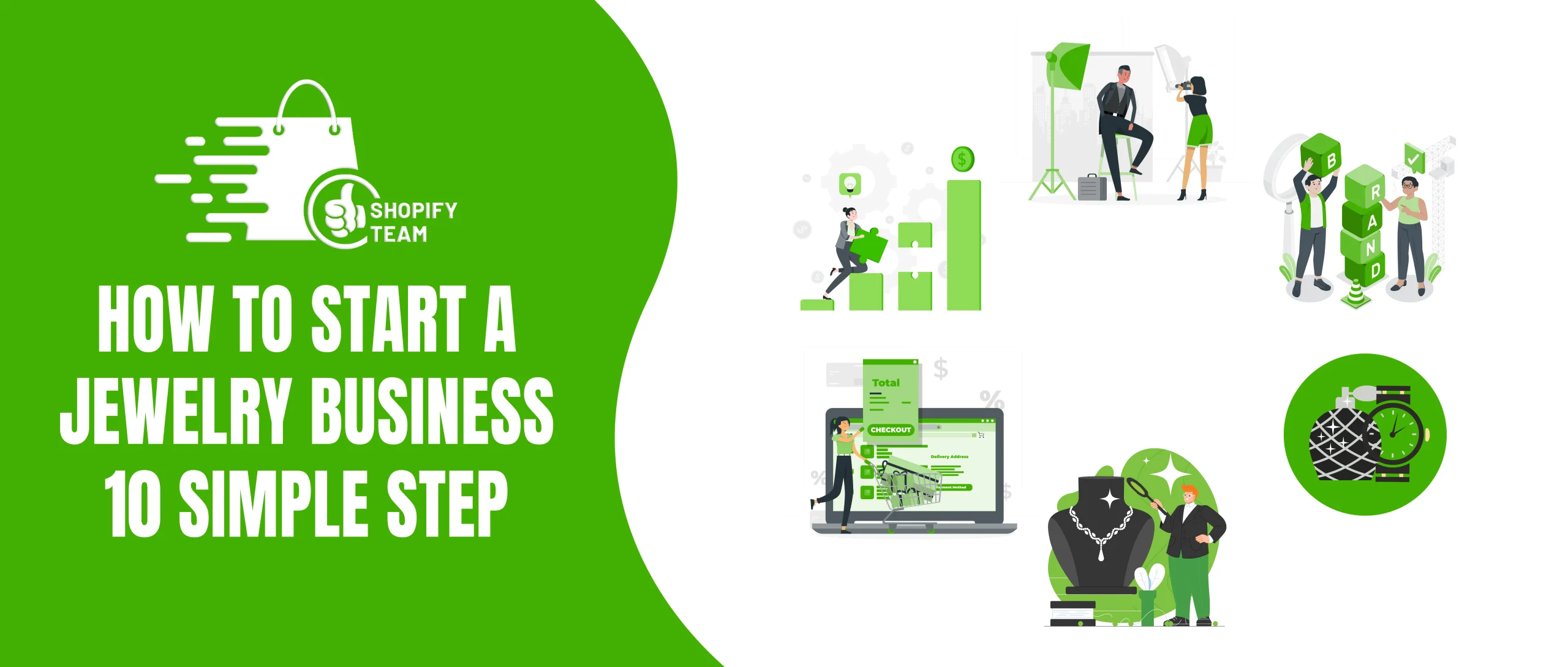Overview
Since owning an e-commerce business, the main goal is to achieve high sales. Today, people buy almost everything through the internet, and thus there is high competition online, and one must be unique. Unfortunately, there is no magic formula that will help you gain more sales in the e-commerce environment overnight; however, this article will reveal the best strategies that will allow your business to grow to the next level.
Understanding Your Target Audience the Key to E-Commerce Sales
In the line of the strategies that we are going to look at, it is important to have a clear identification of your audience. Who are they? What matters are close to their heart and what issues are they most likely to find painful? The prompt that makes them make a purchase is; To make the buyer personas, you need to research the market and analyze the customer data collected.
Buyer Personas A Deep Dive
Customer profiles are fictional characters rather like your best customers, developed from market research data. These enable marketers to know how their targeted customers live, what they want, where they are, and how they behave to facilitate the sales plan. A well-crafted buyer persona should include:
- Demographic information: related to age, gender, occupation, income level etc.
- Pain points: hitches or issues they come across
- Goals: they want to achieve.
- Behaviors: how they perceive your brand and your various products.
- Preferred communication channels: Telephone, Email, Facebook, Twitter and many others.
Optimize Your Website for Conversions and User Experience
Your website is the first touch point your business shares with potential consumers. Ensure its optimized for conversions by:
- Streamlining Navigation: Navigate through the home page and multiple search options should not be complicated and everything should be rightly classified. Thus, less friction means more potential for a consumer to convert on one’s website if properly designed.
- High-Quality Product Images: Images should be presented from different sides, and it might be useful to include 360-degree pictures or videos to provide more information about the product. Use of quality pictures adds credibility and leads to less returns.
- Clear Calls-to-Action (CTAs): With customers targeted, visible and clear Call-to-Actions (CTAs) should be used; such as ‘Buy Now’, ‘Add to Cart’.
- Mobile Optimization: Your website should be mobile responsive because most online shoppers use their mobile phones to shop online. A mobile optimized website ensures that the value proposition is optimized across any form of device, it does not matter if it is a mobile phone, iPad, tablet, iPod, netbook, iPhone, Blackberry, android or the newest form of consumer device to come out.
- Page Speed: You should ensure that your websites have small file sizes so that the time taken to open the sites will not lead to high bounce rates that in turn affect sales.
Social Media and Influencer Marketing: Building Brand Awareness
Influencer Partnerships: Engage the right influencers with compatibility in your brand and your target market for the promotion of the products. Influencers extend the brand’s range and improve its perceivers’ trust.
- User-Generated-Content (UGC) Campaigns: Provide customers with some sort of incentive to share on social media a picture of a product or a review of a product. UGC campaigns work to addon confidence as well as social evidence.
- Paid Advertising: It is wise to advertise the products for sale on Facebook, Instagram, and Pinterest for the targeted consumers. Advertising paid will enhance brand awareness while also directing people to the website.
- Social Media Contests: Hold contests and or give away to boost the traffic and participation in the profiles. Thus, organizing social media contests generates the buzz around brands and products, contributing to the increase of sales.
Content Marketing and SEO Engaging Your Target Audience
Quality and relevance of the material is the key to getting your target audience’s attention. Focus on:
- Blog Posts: Develop beautiful articles full of information that will target the customer’s problem areas and present your authority. They also help build authority in the blogosphere and attract traffic that is NOT from paid ads.
- Product Descriptions: Provide detailed product descriptions that are designed for higher rankings with the search engines. Products desecration is the essential element in improving conversion rates and minimizing the rate of return.
- Guest Blogging: Inform other reliable websites to authorize them to link to your page to benefit from back links. Guest blogging makes the brand exposed by getting it to other platforms and sourcing for traffic from them.
- Video Content: Make videos for advertising and offering your services or products presenting various features and aspects of them. Video content shortens the response time and brings more conversions.
Loyalty and Referral Programs Fostering Customer Loyalty
It is a wing for customer loyalty where customers are rewarded for their patronage and for recommendations to others to patronize the business. Implement:
- Reward Programs: Give bonus or incentives for buying goods and services, for getting people to sign up, for accomplishing organizational objectives etc. The use of reward programs helps in adding loyalty to customers and thus there is a tendency of them coming more often.
- Loyalty Tiers: Develop a system that honors exceptional customers after a certain period, encouraging their involvement with the company and motivating them to work their way up to a higher tier through loyalty tiers.
- Referral Programs: Use incentives like coupons, free products etc. to encourage customers to get friends and families to buy from you. This so-called referral programmer lifts the word-of-mouth communication and new business.
- Exclusive Offers: Provide specific & limited offers to those customers who are enrolled in the loyalty program to get their loyalty on the business again.
Customer Reviews and Ratings Building Trust and Credibility
Customers’ feedback or ratings can be essential participations for gaining the potential customers’ trust and recognition. Encourage:
- Customer Reviews: Promote customers to write comments and rank products and services. Prior customer reviews build confidence and increase the believability of a product to potential buyers.
- Ratings and Reviews: Place rating and evaluation indexes on the product pages and spread them on the rest of the website. Recommendations boost sales and contain a rate of return.
- Testimonials: Apply customer testimonial in marketing and sales promotion to help create trust. Word of mouth enhances credibility, and it acts a timely sales promoter.
Returns and Refunds Streamlining the Process
For this very reason, it becomes extremely important to manage issues to do with returns and refunds within a typical e-commerce business. Streamline the process by:
- Clear Return Policies: Ensure that the various considerations in the site include the policy on return and refund to inform the advertisements. Clear return policies improve the level of confidence, and thus minimize the rates of returns.
- Easy Return Process: I recommend that we make the return process very convenient for customers.
- Refund Options: Offer many types of refund; credit or exchange in attempts to make the consumer contented and deny the returns.
Analytics and Performance Tracking Measuring Success
It is advisable to use analytical tools to measure the efficiency of e-commerce strategies.
- Google Analytics: Businesses can use Google Analytics to measure website traffic, sales rates, and other parameters. Google Analytics is one of the most powerful tools that helps to define the customer’s behavior and website effectiveness.
- E-commerce Analytics: There is a need to employ e-commerce analytics in testing sales, revenue, and other metrics. E-commerce analytics gives important information about customers’ behaviors and business sales.
- A/B Testing: Try the techniques on the marketing communication tools and differential elements on the website using A/B testing. A/B testing helps in improving the conversation rate and making over the overarching website performance better.
Conclusion
Successful Internet sales need strategies such as figuring out your audience. Improving conversion rate using emails, social networks, and influencer marketing, developing content and customer retention. Using these strategies and analyzing the performance with analytics.

